At Bethesda Dental Implant Center in Bethesda, MD, we offer a number of different restorative options for patients who are looking to rebuild, reclaim, and revitalize their smile. One option that we offer is called guided bone regeneration, which is a process that can be used to restore bone loss in the jaw. If you are considering this procedure, here is what you need to know about guided bone regeneration.
What is Guided Bone Regeneration?
At Bethesda Dental Implant Center, we offer guided bone regeneration (GBR) as a means of restoring the jawbone to its original condition prior to tooth loss. GBR is a process that uses bone grafting material to fill in areas of bone loss and stimulate new bone growth. This procedure is often used in conjunction with dental implants, as it helps to ensure that the implant will have a solid foundation for support.
Using bone grafting material and a barrier membrane, we are able to restore areas of lost bone and help the jawbone to regenerate. This procedure is often used in cases of severe bone loss as it provides patients with a chance to reliably support dental implants.
Reasons for Guided Bone Regeneration
Following the loss of one or more teeth, the jawbone will begin to deteriorate. This is because there is no longer any stimulation being sent to the bone from the tooth root. Over time, this can lead to significant bone loss and a change in the shape of the jaw. Patients experiencing significant bone loss may also notice signs of premature aging as the facial structure begins to collapse.
GBR can be used to correct bone loss that has occurred due to tooth loss, injury, or infection. This procedure can also be used to improve the success of dental implants by providing a solid foundation of bone for support.
The Guided Bone Regeneration Process
- The first step in the GBR process is for our team to locate the areas of bone loss. This will be done through the use of x-rays, computed tomography scans, or other imaging technology.
- Once the areas of bone loss have been identified, we will then place the bone grafting material into the appropriate locations in the jawbone.
- We will access the jawbone through small incisions in the gums. The bone grafting material will be placed into the jawbone and covered with a barrier membrane to protect the graft and promote healing.
- After the grafting material has been placed, the incisions will be closed and the area will be allowed to heal. Once the graft has had time to fuse with the existing bone, the patient will be able to move forward with dental implants or other restorative procedures.
Recovery Following Guided Bone Regeneration
Recovery following GBR is typically fairly straightforward. Most patients report only mild discomfort and swelling following the procedure, which can be easily managed with over-the-counter pain medication. It is important to avoid putting any unnecessary pressure on the grafted area or overexerting the body while it heals. This means no smoking, no sucking on straws, and no vigorous exercise. Patients will also need to stick to a soft food diet for a few weeks following the procedure. Most patients are fully healed within a few months and can then move forward with dental implant placement.
If you are considering dental implants and have been told that you need GBR, contact Bethesda Dental Implant Center today. We will be happy to answer any of your questions and help you take the first steps toward rebuilding your smile.
Guided Bone Regeneration FAQs
When is guided bone regeneration necessary?
Guided bone regeneration is often necessary when there is significant bone loss in the jaw. This can be due to tooth loss, injury, or infection.
Can implants be placed right after the bone graft heals?
It is imperative that the bone fuses with the grafting material before dental implants are placed. This is to ensure that the implants have a solid foundation for support.
How long does it take for the bone graft to fuse with the existing bone?
It typically takes a few months for the bone graft to fuse with the existing bone. During this time, it is important to avoid putting any unnecessary pressure on the grafted area.
